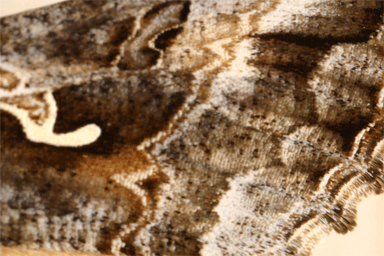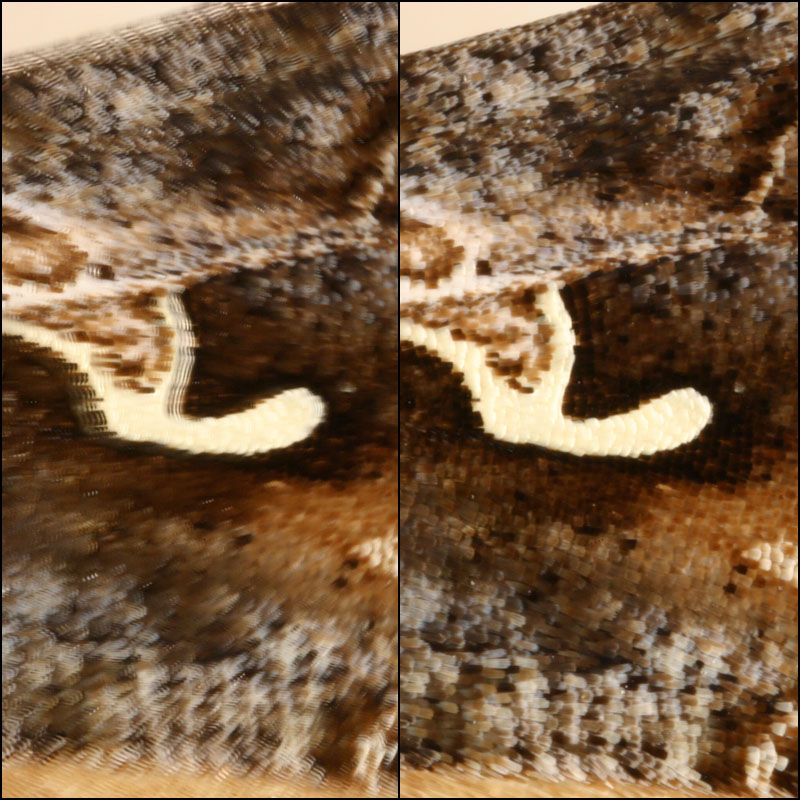Um, not to put too a fine point on it, but those pictures you just posted (here)would make a lousy advertisement for whatever software made them.
What you've shown looks like a classic case of what happens without proper scaling and image alignment. Any software worth its salt should handle the situation with no problems.
To illustrate...
I took my favorite Autographa moth and set up a low mag, high DOF situation. 10 mm across the field, nominal f/16, 6 frames, focus step 0.020 inch. There's an easily visible scale change from frame to frame. (CombineZ5 reports 0.8%, which agrees with theory at 0.020 inch step and 2.5" from subject to entrance pupil.)
Here are the first and last frames, animated (total scale change 4%).

Here is a side-by-side comparison to show how much scaling matters. Left side, without scaling; right side, with scaling.

This happens to be with Helicon Focus, version 4.03, all autoadjustment turned off on the left, default parameters on the right. But there's nothing special about HF here -- CombineZ5 and Panorama Tools do just as well.
Based on what I've seen and heard so far, I'd say that something in your software setup is disabling scaling.
But I have no idea what that would be.
--Rik
(Edit to add link to earlier photos, appearing on previous page.)
